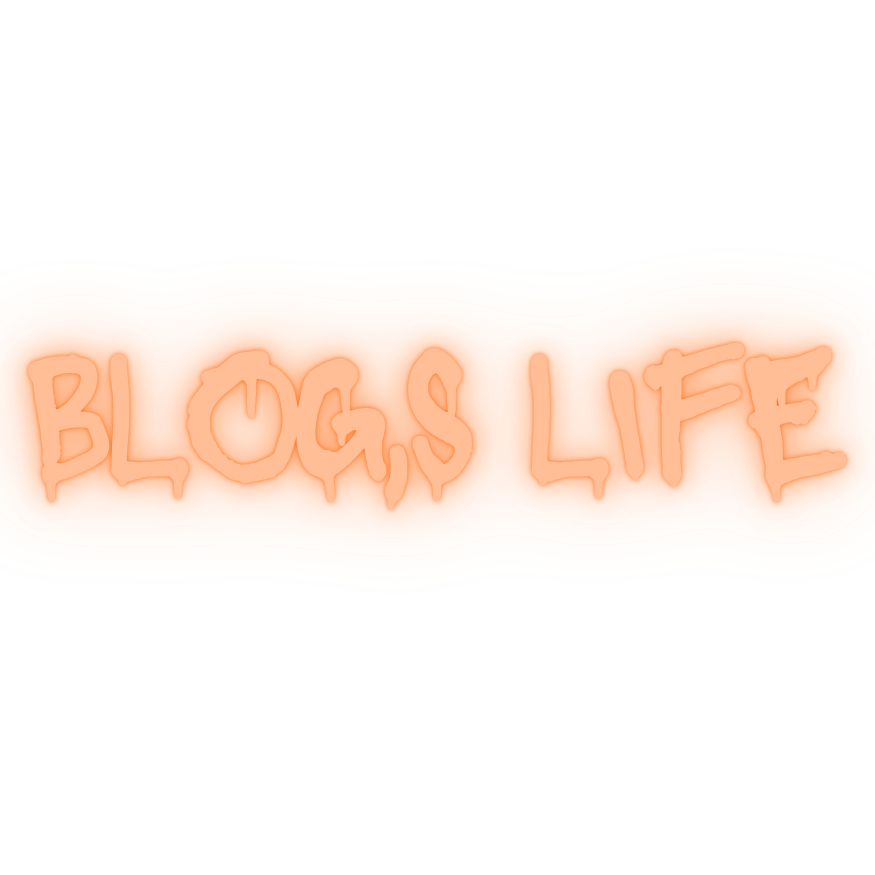The digital landscape is evolving at an astonishing pace, and with it comes a wave of innovations that blur the line between reality and fiction. One such phenomenon capturing headlines—and concerns—is deepfakes. Among the many examples circulating online, the Brooke Monk deepfake incident has ignited discussions about authenticity and trust in media. As technology advances, so do our challenges in discerning truth from deception. The implications are profound and far-reaching.
As we navigate this complex terrain, understanding what deepfakes are becomes essential for everyone seeking to stay informed. Let’s dive into the world of manipulated media and uncover how these creations impact society while equipping ourselves with tools to spot them before they spread like wildfire.
What is a deepfake?
Deepfakes are synthetic media where a person’s likeness is swapped with someone else’s. Using artificial intelligence, particularly deep learning algorithms, creators can generate hyper-realistic videos or audio clips that appear genuine.
The technology behind deepfakes leverages vast amounts of data to train models. These models analyze facial movements and speech patterns, making it possible to produce convincing imitations.
While often associated with humorous content or entertainment, the darker side of deepfakes raises serious ethical concerns. They can be weaponized for misinformation campaigns or defamation.
As accessibility increases, so does the potential for misuse. Understanding what deepfakes are is critical in an era where seeing may no longer equate to believing.
History and evolution of deepfakes
Deepfakes emerged from the convergence of advanced artificial intelligence and machine learning technologies. Initially, they were a curiosity in the tech community, surprising users with their potential for realistic video manipulation.
The term “deepfake” gained traction around 2017 when someone used AI to superimpose celebrity faces onto adult film actors. This sparked both fascination and concern over privacy and consent issues.
As technology evolved, so did its applications. Today, deepfakes are used not just for entertainment but also in marketing campaigns and educational content. However, ethical concerns loom large as misinformation can spread rapidly through these hyper-realistic videos.
With powerful tools like GANs (Generative Adversarial Networks), creating convincing fake content has never been easier. The accessibility of such technology means that distinguishing between real and fake footage is increasingly challenging for everyday viewers.
The Monk Brooke Monk deepfake incident
The Monk Brooke Monk deepfake incident sent shockwaves through social media. A fabricated video featuring the popular influencer surfaced, making it appear as though she was saying things she never actually said.
Many users were initially fooled by the clip. It showcased how convincing these manipulated videos can be, blurring the line between reality and fiction. As viewers shared it widely, concerns about misinformation escalated.
Brooke’s team quickly responded to debunk the fake content. They emphasized the importance of critical examination when consuming digital media. The episode highlighted a growing issue in today’s online environment.
This incident serves as a stark reminder of our vulnerability to deception in an age where technology is advancing rapidly. Trusting everything you see on screens has become increasingly risky amidst such sophisticated forgeries.
Impact of fake news on society
Fake news profoundly affects society, shaping perceptions and influencing decisions. Misinformation can sway public opinion in dangerous ways, leading to polarization and distrust among communities.
In an age where information spreads like wildfire, the consequences are immense. People may rally around false narratives without questioning their validity. This fuels division and undermines democratic processes.
The impact extends beyond politics; it seeps into health crises as well. During a pandemic, for instance, misleading stories about treatments or vaccines can endanger lives. When individuals rely on inaccurate sources, they make choices that could have serious repercussions.
Moreover, fake news erodes trust in media institutions. As credibility fades, so does the ability of reliable journalism to inform the public effectively. Our understanding of reality becomes skewed when we cannot differentiate fact from fiction.
How to spot a deepfake
Spotting a deepfake can be challenging, but there are key signs to look for. Start by examining the video closely. Pay attention to facial movements and expressions. Often, deepfakes struggle with natural transitions.
Audio quality is another crucial element. Mismatched lip-syncing or strange voice modulation can signal a fake. If something feels off about how they speak, trust your instincts.
Next, consider the context of the content. Research where it originated from and check credible news sources for verification.
Lighting inconsistencies may also give away artificiality; shadows that don’t align properly can indicate manipulation.
Utilize technology when in doubt. There are tools available designed specifically for detecting deepfakes—these can help confirm suspicions before spreading information further. Staying vigilant ensures you’re not misled by deceptive media.
Tools for detecting deepfakes
Detecting deepfakes is crucial in today’s digital landscape. Several tools have emerged to help identify these manipulated videos and images.
One of the most popular options is Deepware Scanner. This tool uses advanced algorithms to analyze videos frame by frame, looking for inconsistencies that reveal manipulation. It’s user-friendly and accessible, making it a go-to choice for many.
Another powerful option is Sensity AI. This platform specializes in detecting synthetic media, leveraging machine learning models trained on extensive datasets to spot even the slightest anomalies.
For those who prefer open-source solutions, there’s FakeApp and DeepFaceLab. These programs allow users not only to create but also to detect deepfakes through analysis of facial features and movements.
Staying informed about new detection technologies can empower individuals against misinformation while navigating the online space more safely.
Steps to take when encountering potential fake news
When you come across potential fake news, the first step is to pause. Take a moment to assess your emotional response. If the story makes you feel an intense reaction, it’s worth digging deeper.
Next, check the source. Reliable publications have established credibility over time. Look for well-known media outlets and avoid unfamiliar websites that lack transparency.
Verify the facts presented in the article. A quick search can reveal whether other reputable sources are reporting on the same topic.
Cross-reference images or videos used in articles with reverse image searches. This helps determine if they’ve been manipulated or taken out of context.
Engage with others about what you’ve found but do so critically. Discussing details can help clarify doubts and expand perspectives without falling prey to misinformation.
The importance of critical thinking in the digital age
Critical thinking is essential in navigating today’s digital landscape. With an endless flow of information available at our fingertips, distinguishing between fact and fiction has become increasingly challenging.
As misinformation spreads rapidly, the ability to analyze sources and evaluate content is vital. A discerning mindset helps individuals identify biases and understand context. This skill enables a deeper grasp of issues that matter.
Engaging with diverse perspectives fosters informed opinions. It encourages questioning rather than accepting everything at face value.
Moreover, critical thinking empowers people to engage responsibly on social media platforms. Users must recognize their role in sharing accurate information while combating false narratives.
Honing this skill can lead to more thoughtful discourse within communities, promoting awareness about pressing topics like the brooke monk deepfake incident and its implications for society as a whole.
Conclusion
The prevalence of deepfakes, such as the Brooke Monk deepfake incident, highlights a pressing challenge in our digital world. As technology advances, so do the methods for creating convincing yet misleading content. Awareness and education are paramount in navigating this landscape.
Understanding what constitutes a deepfake is essential for everyone. The evolution of these technologies has transformed them from novelty to potential tools for misinformation. The impact on society can be profound, eroding trust and spreading confusion.
Being able to spot a deepfake requires vigilance and knowledge of available detection tools. When faced with potential fake news, it’s crucial to verify sources before sharing information further. This leads us back to an important skill: critical thinking.
In today’s media-saturated environment, we all have a role in promoting accurate information while being wary of deceptive practices like deepfakes. By sharpening our critical thinking skills and staying informed about new developments in technology, we can better equip ourselves against the risks posed by fabricated content like that associated with Brooke Monk’s experience.
Engaging thoughtfully with media will help foster a more discerning audience capable of holding creators accountable for their work—whether it be genuine or manipulated content crafted through advanced AI techniques.




